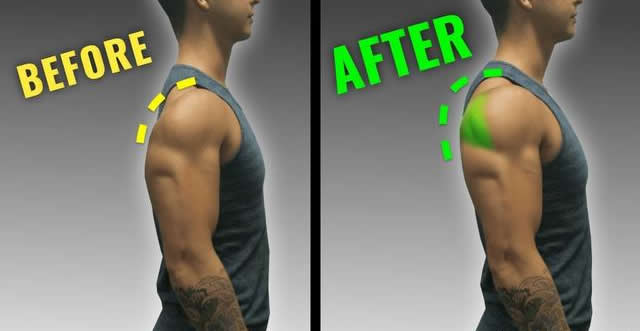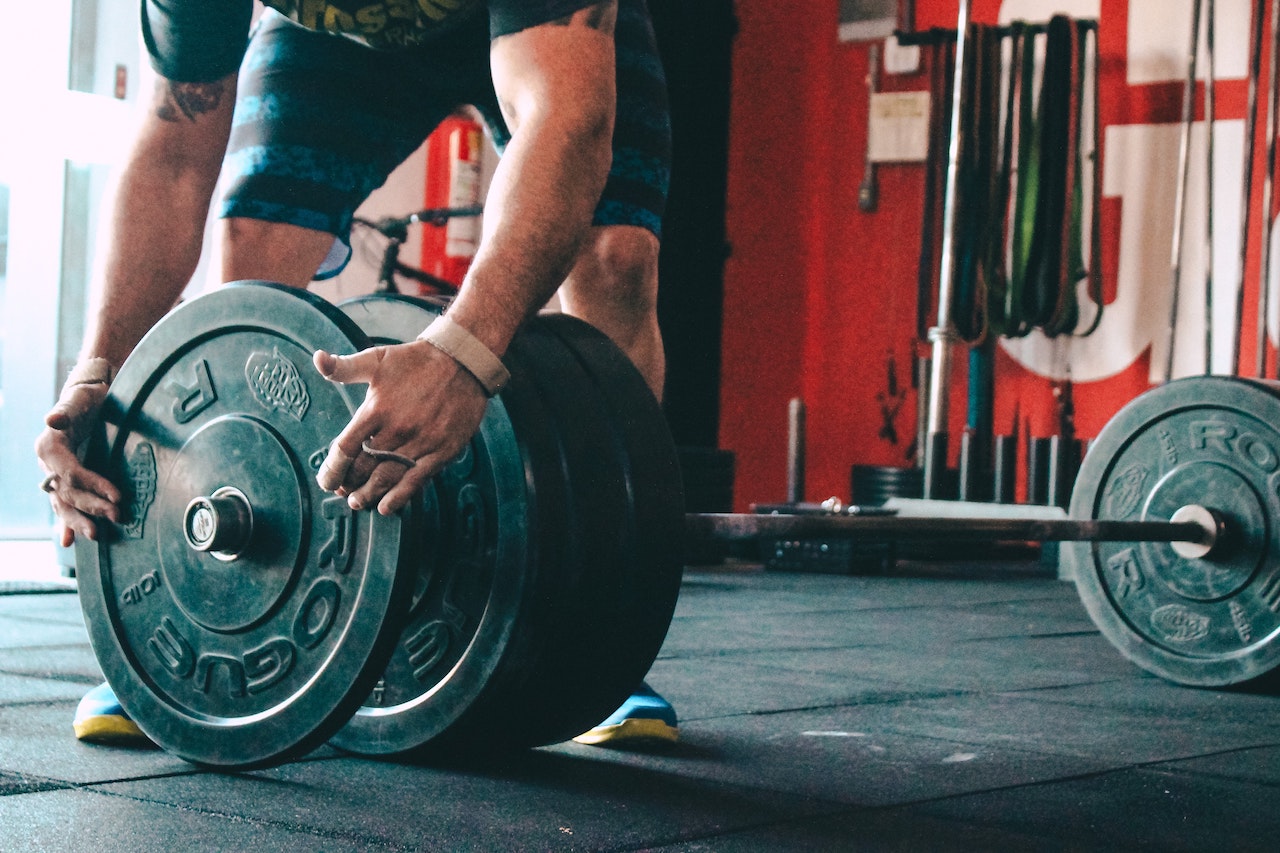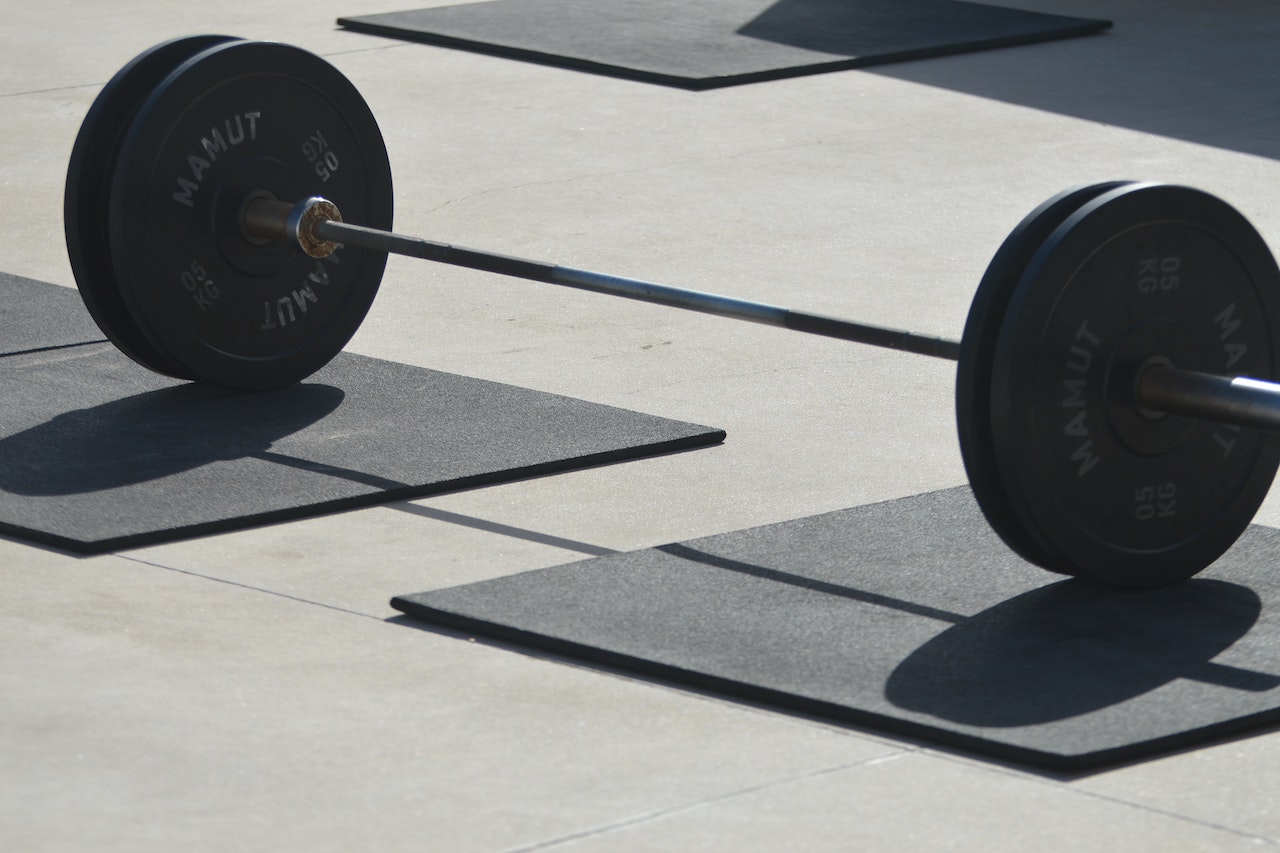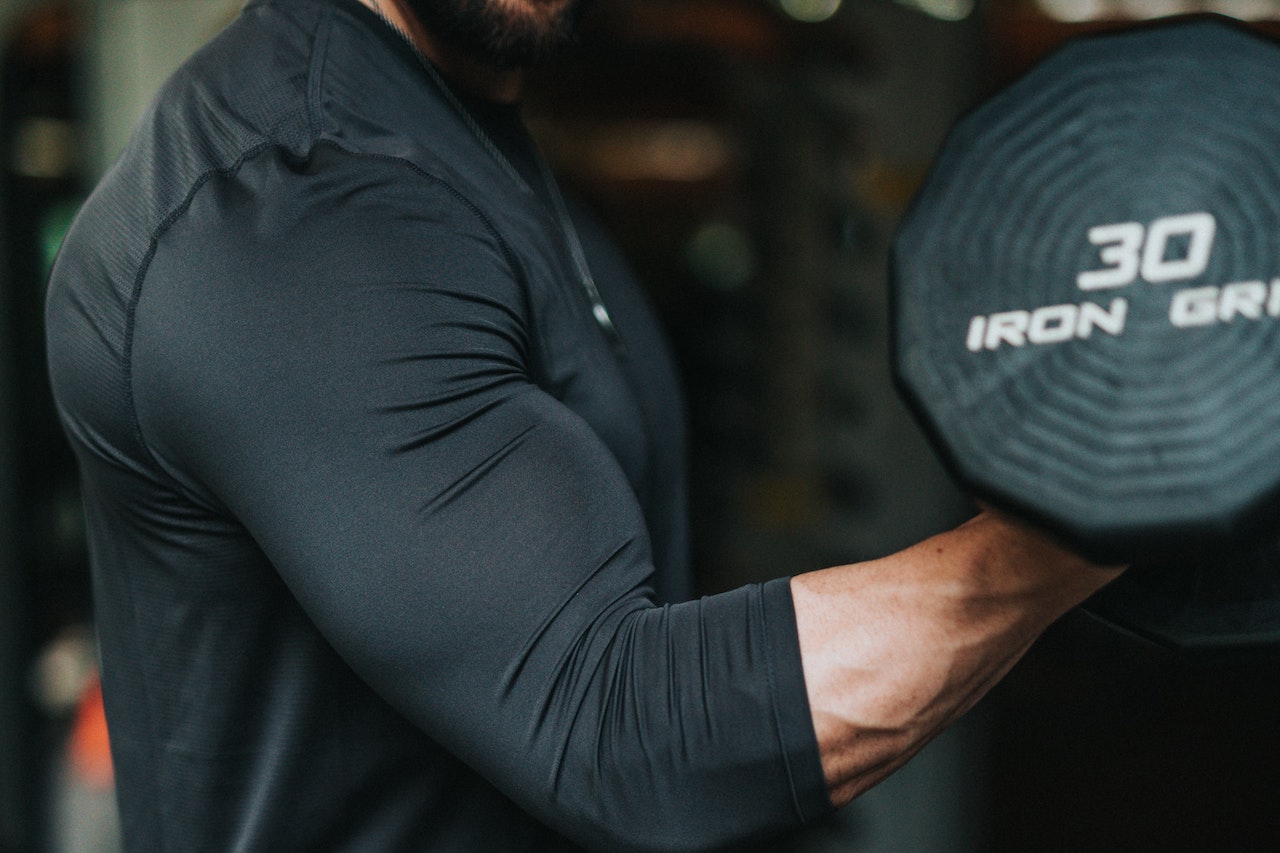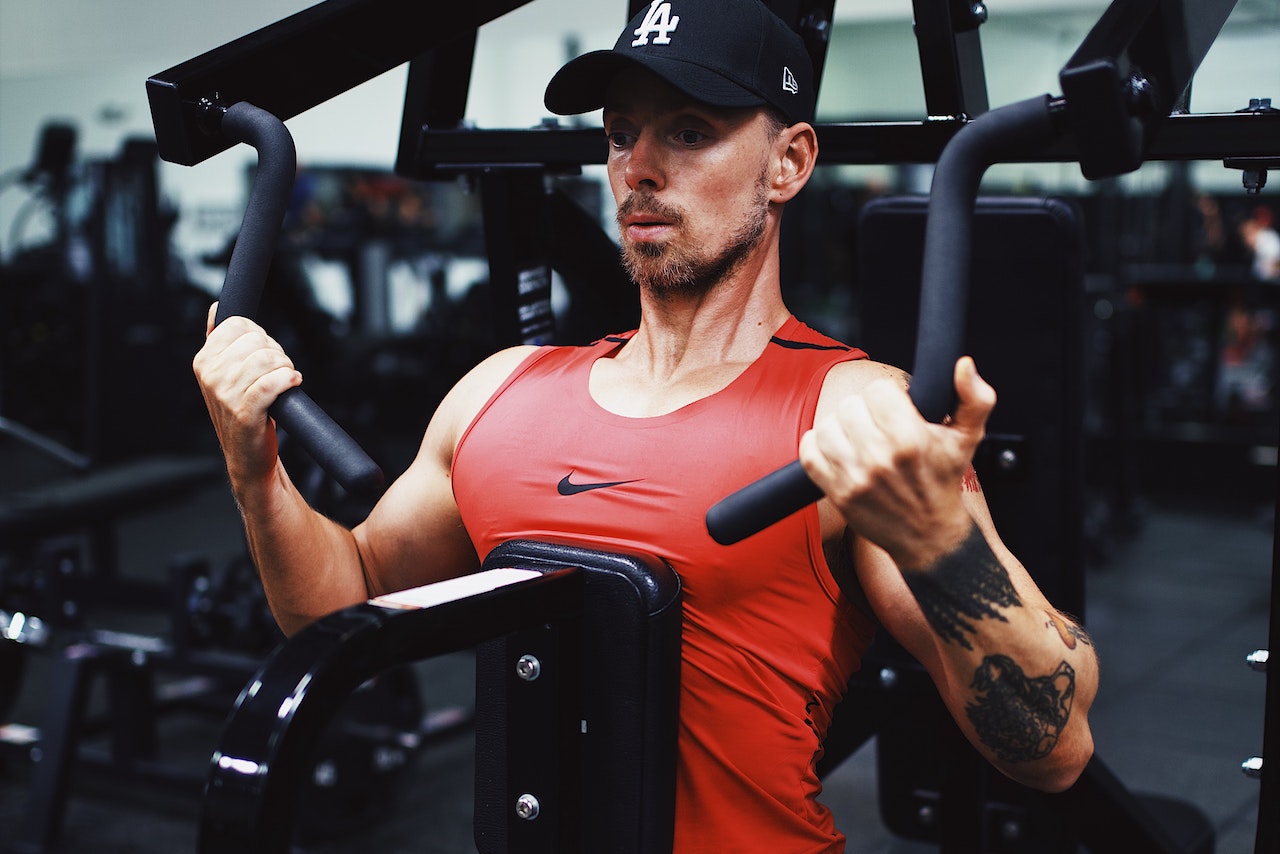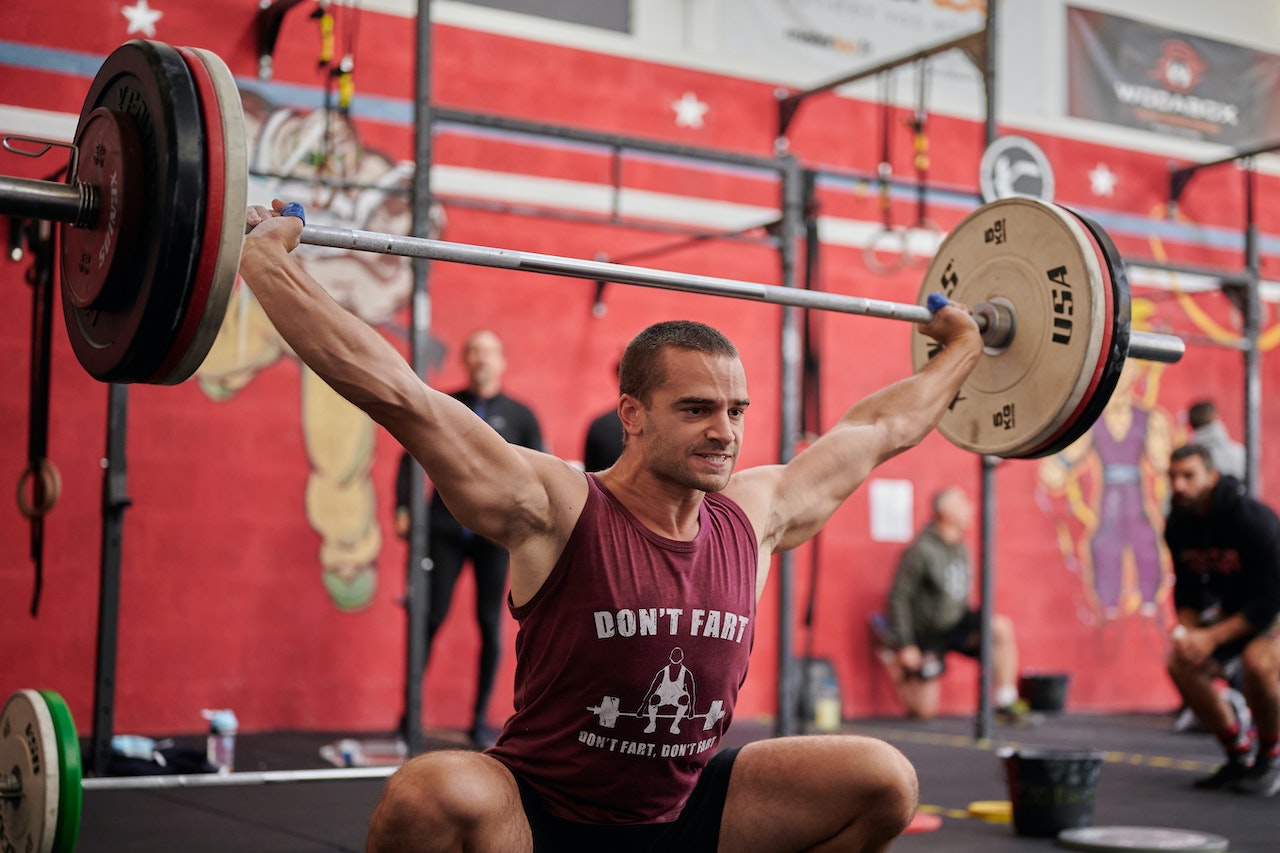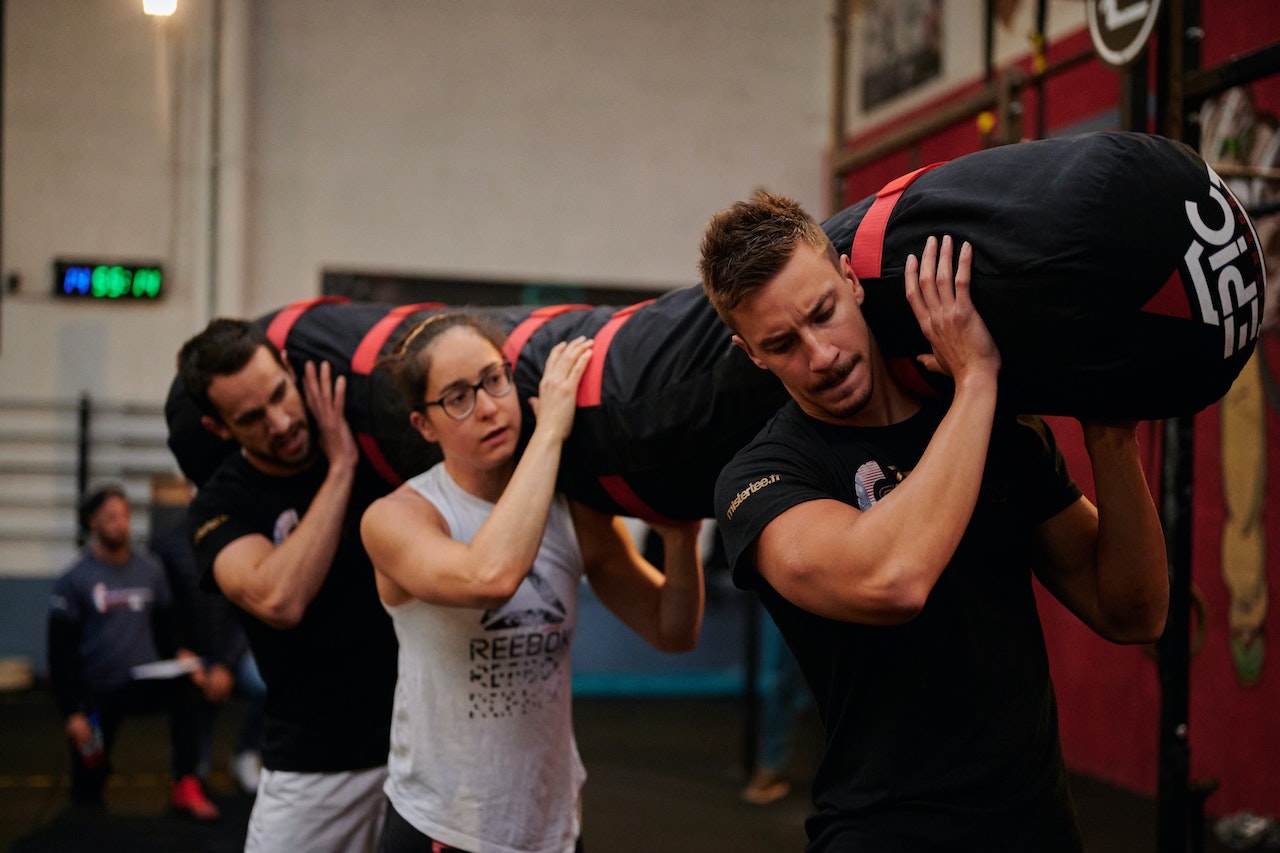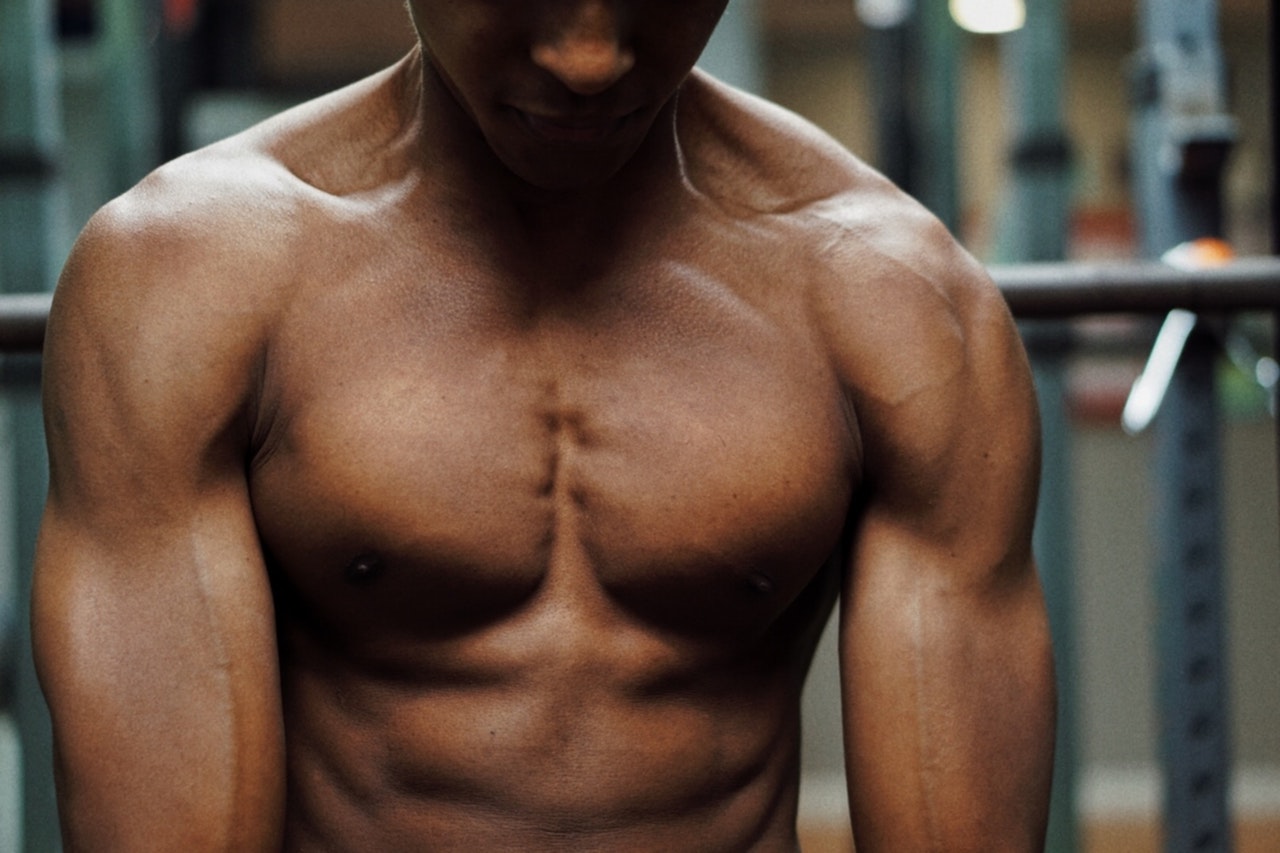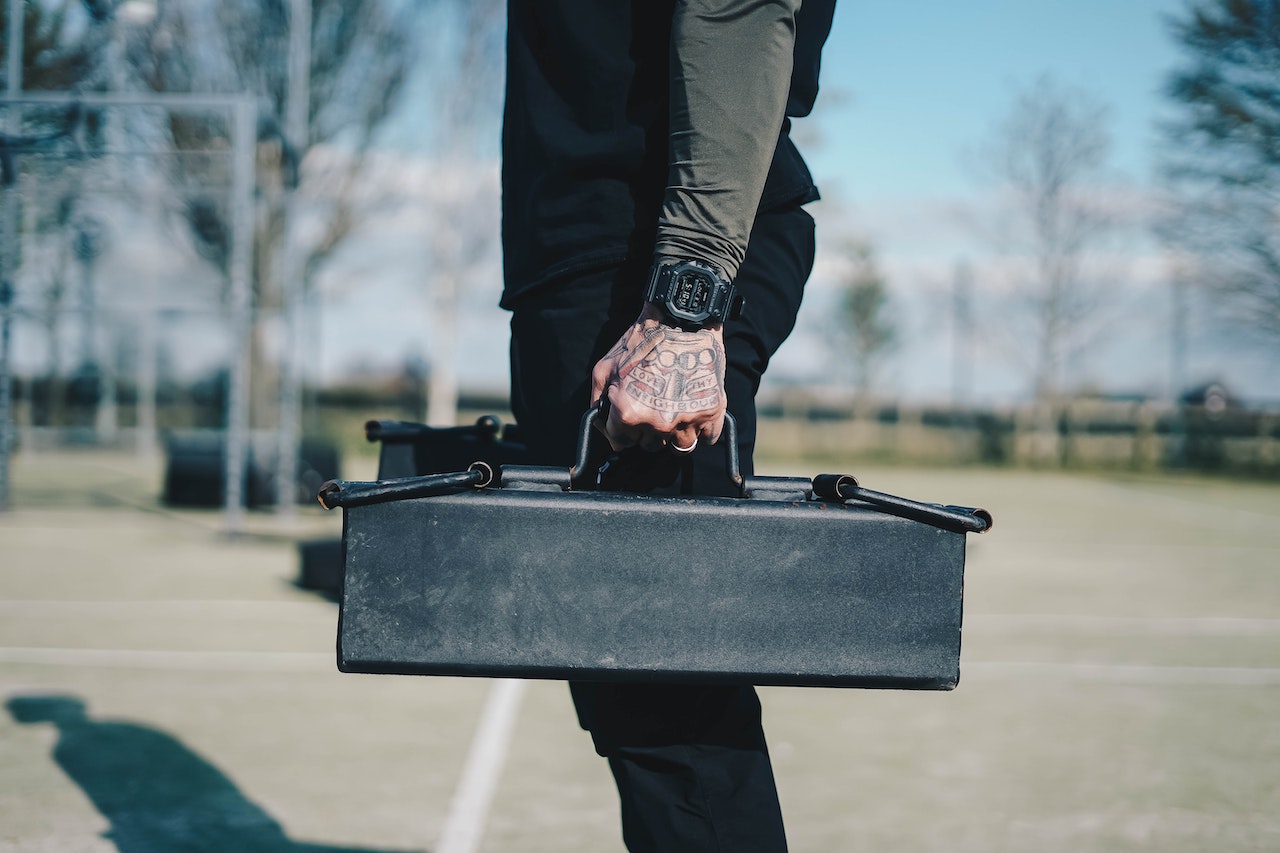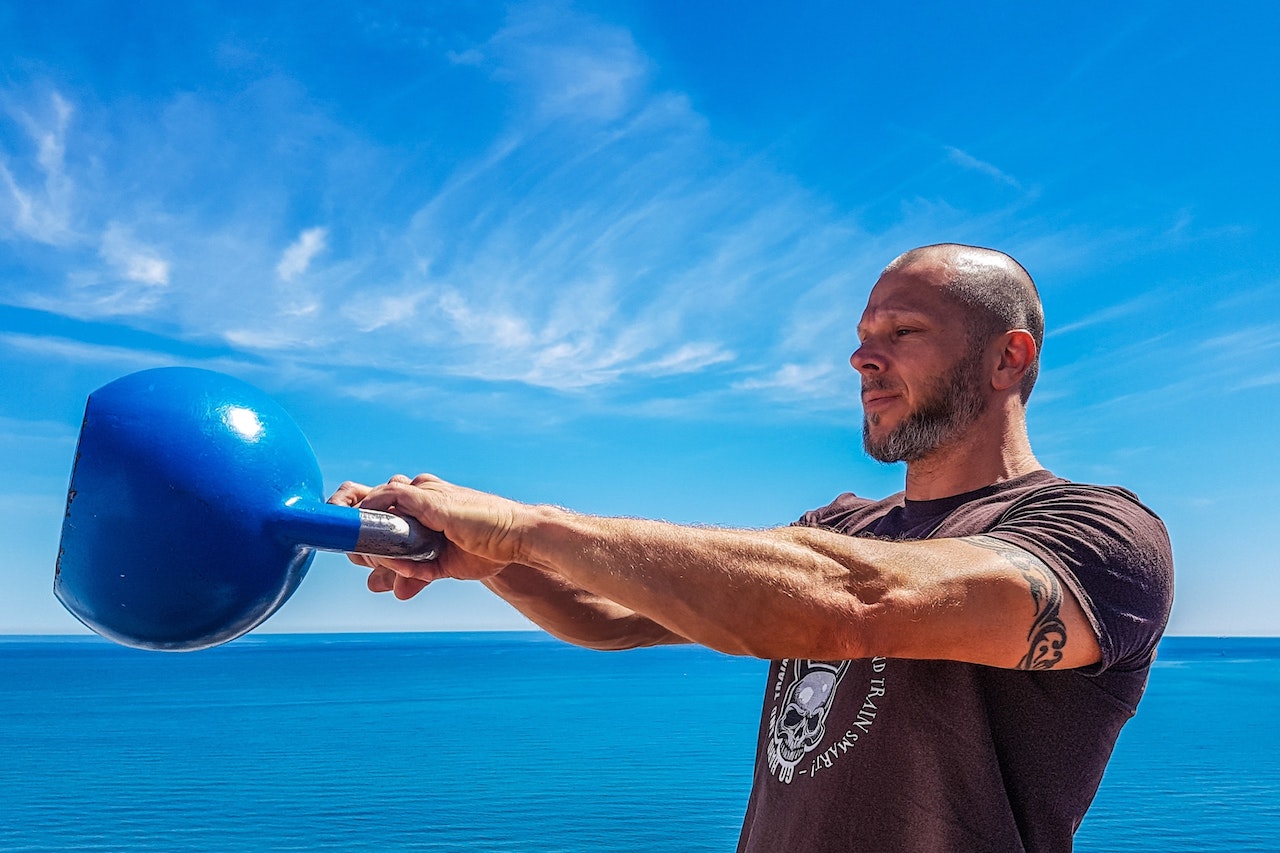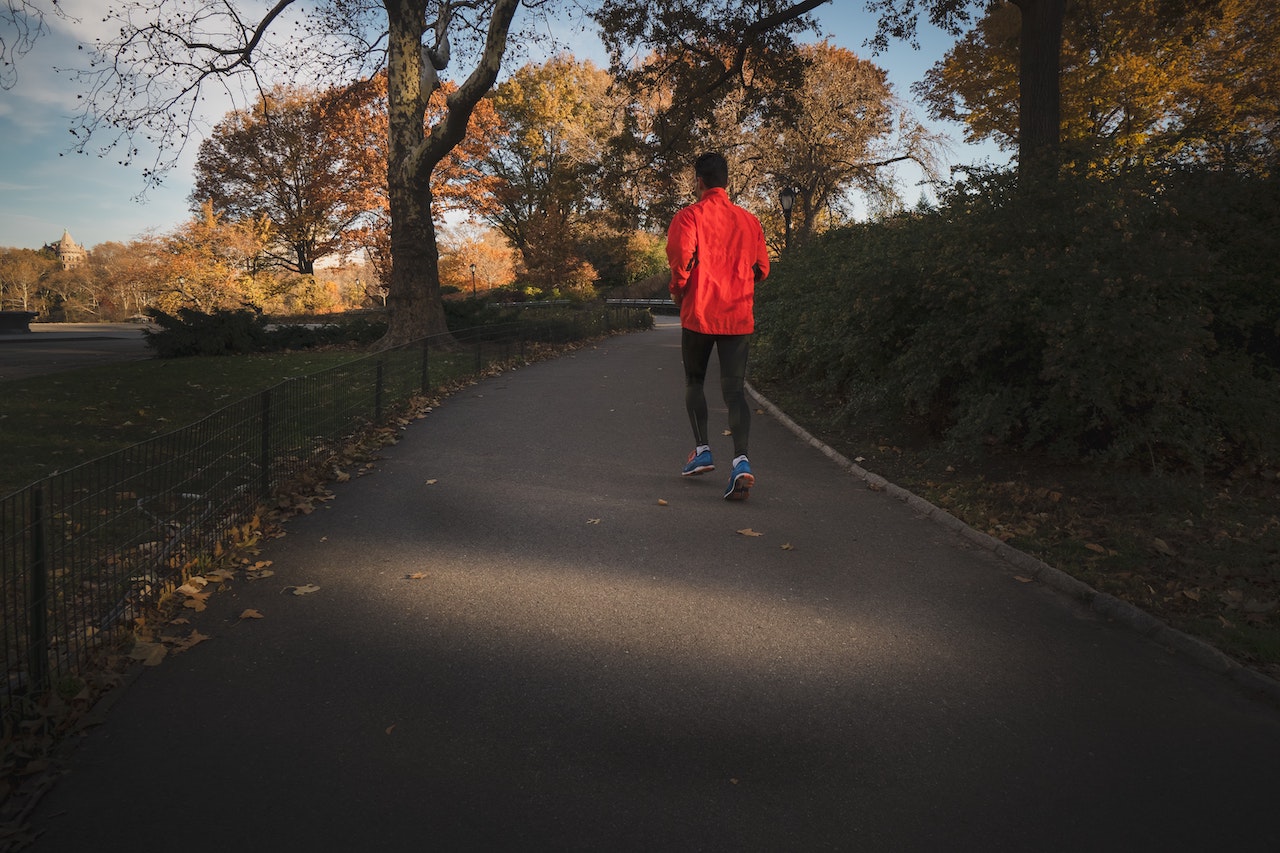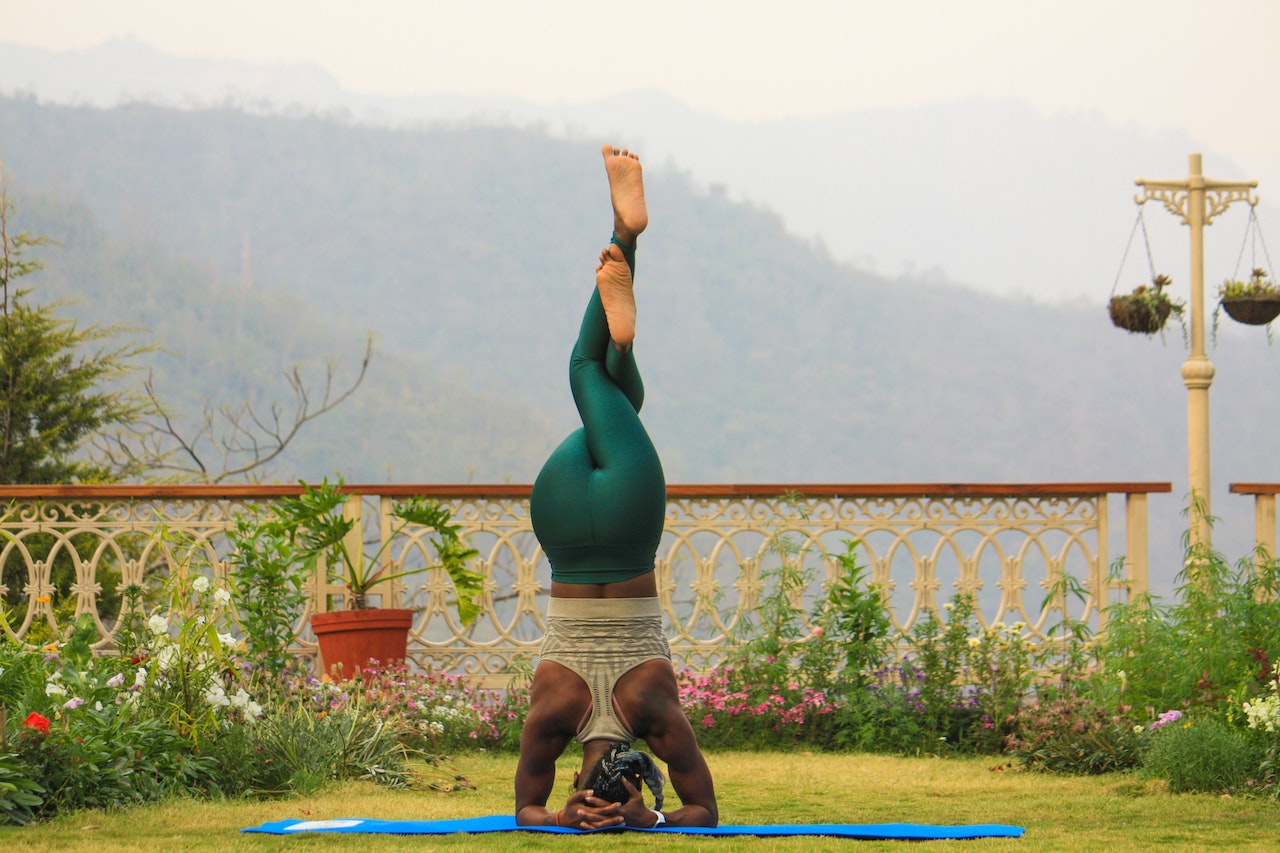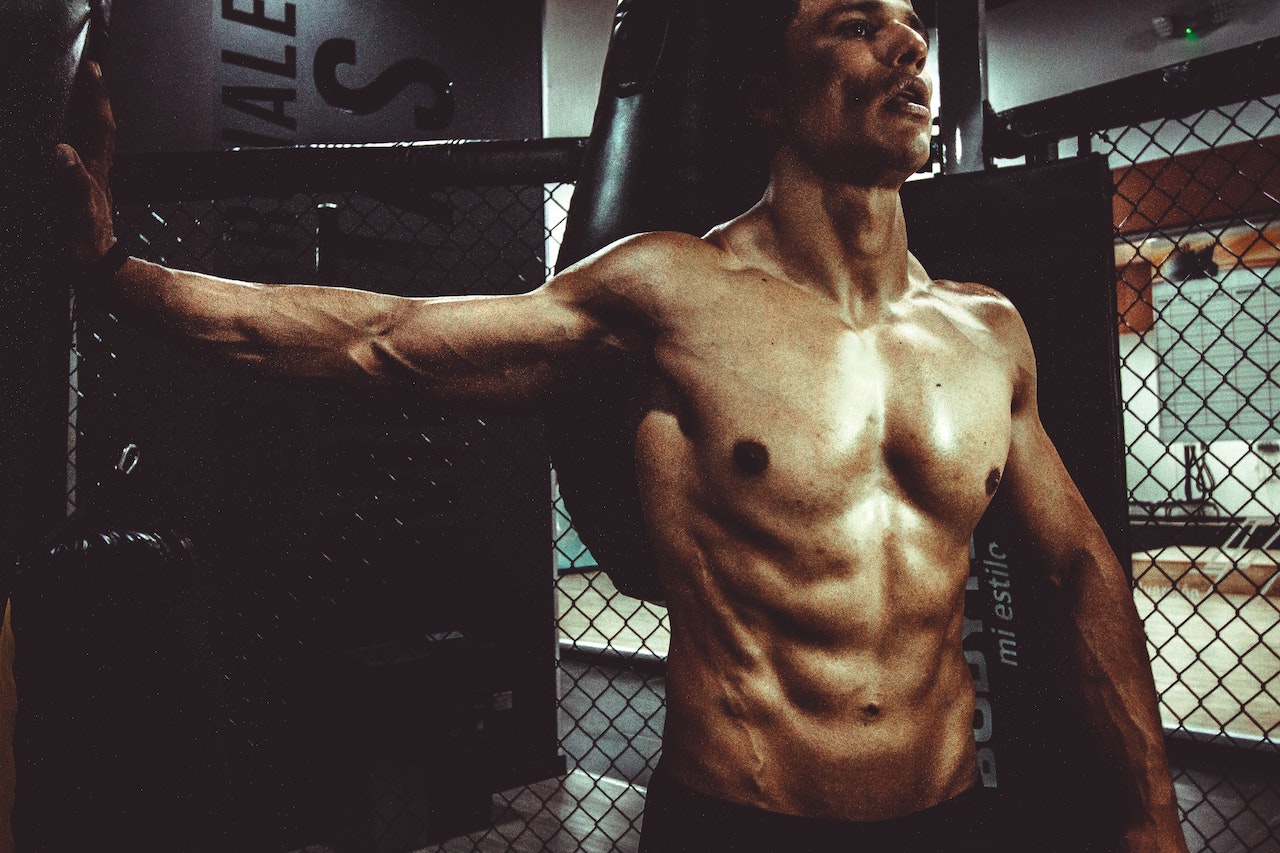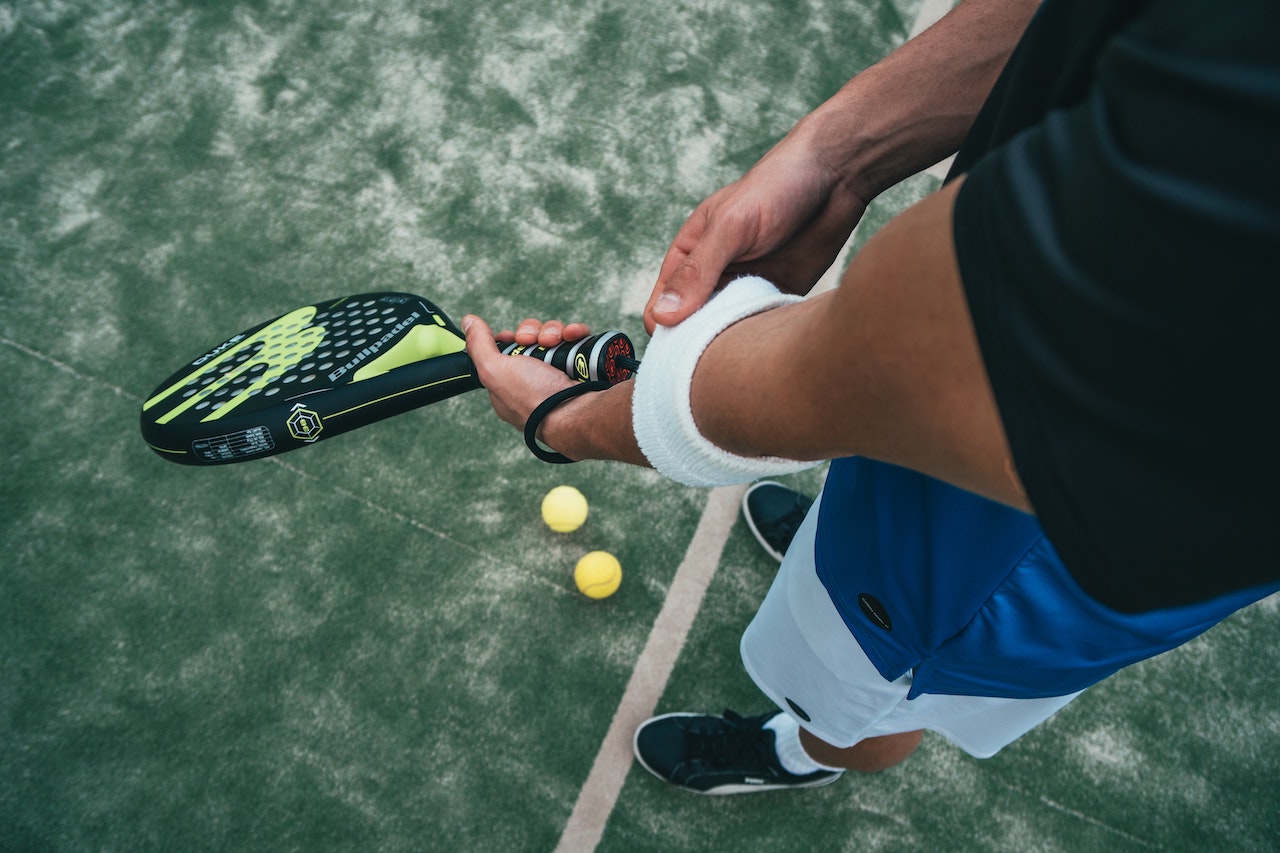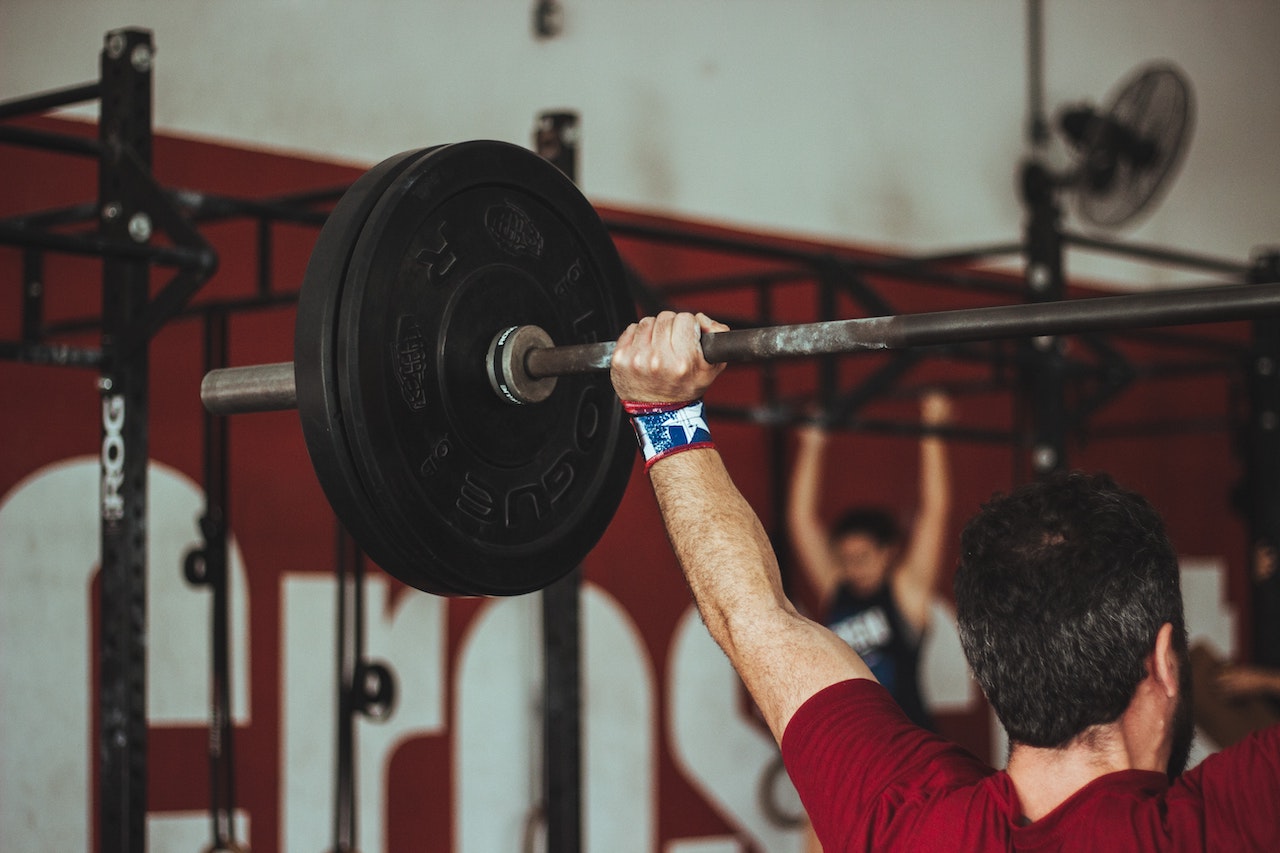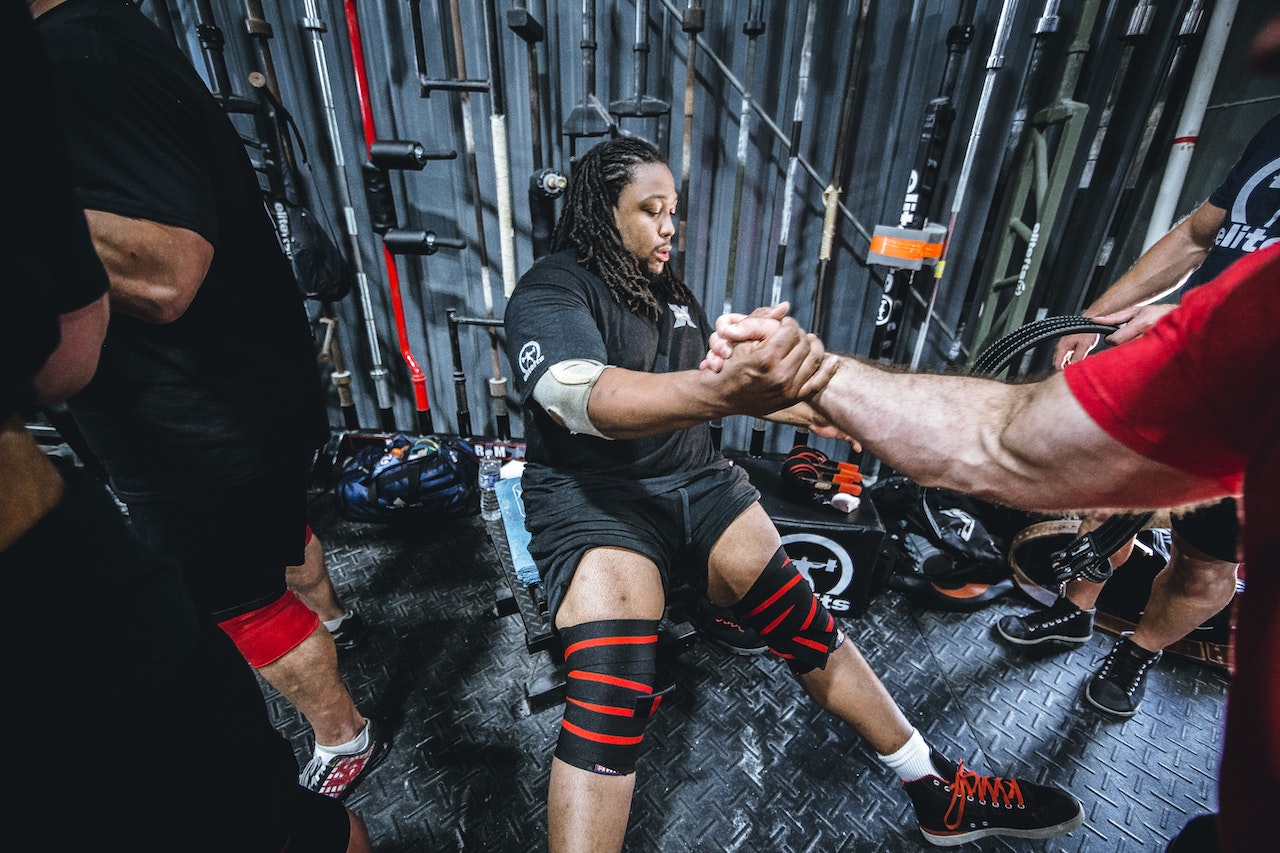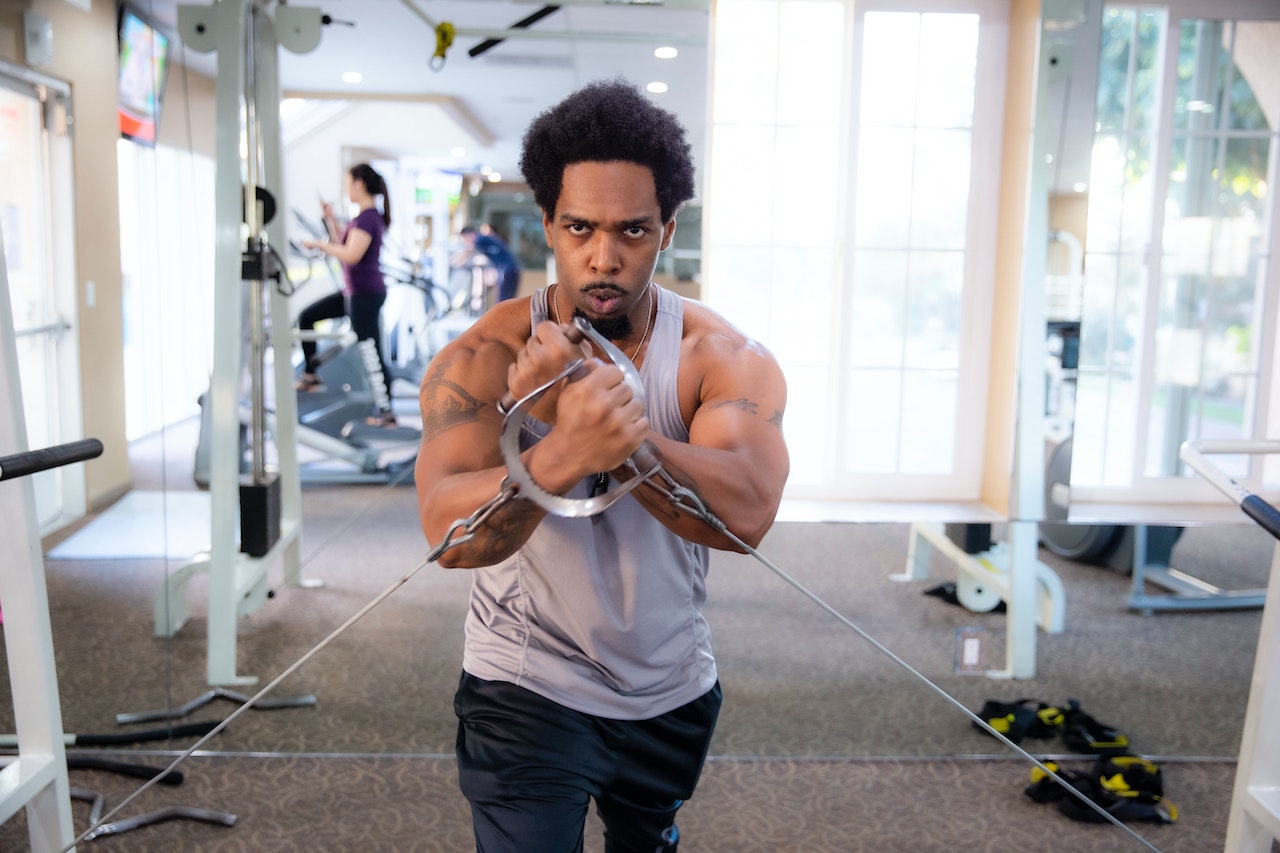when it comes to the risk of injury, we have always felt that it is directly related to the standard of movement and the mental state of the trainer, leaving these factors aside and talking directly about the movement is one-sided. Otherwise squats and bench presses would be the kings of injury risk ......
However, there is one movement that is not even about standards and has been consistently denied validity from the movement itself: The back of the neck pull down.
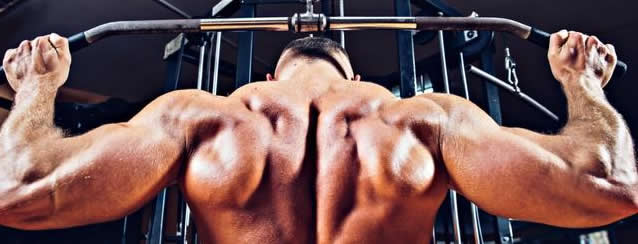
just like the behind-the-neck push-up, the barbell should not be pressed so deep that the shoulder muscles cannot support the joint. As with many other movements, correct form will reduce the risk of injury. Also, if there is not enough flexibility to allow the barbell to move vertically downwards, additional stress will be placed on the spine.
If the bar is pulled down too far it will put pressure on the rotator cuff. It can also strain the subscapularis by overstretching it to the point where it cannot be used in a correct position.

only make sure you have no flexibility or rotator cuff problems before you start trying the behind-the-neck pull-down, which will reduce the chance of injury. You can find videos online of ronnie kuhlman doing the behind-the-neck pull-down and charles glass demonstrating the behind-the-neck pull-down.
The movement does carry some risk if not done correctly, so it is important to complete the movement correctly to avoid unnecessary injuries. This is a movement that does not require too much weight and you need to slow down the entire movement to allow yourself to concentrate on the movement.
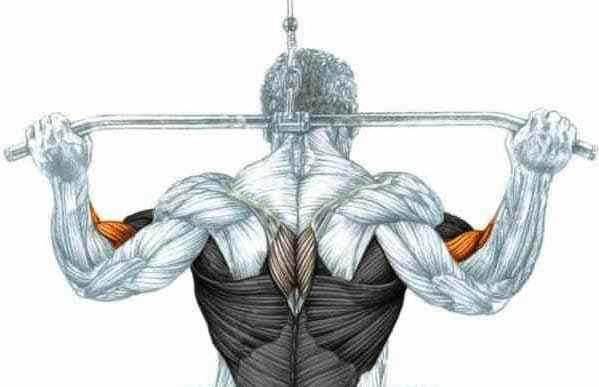
how to do a good behind-the-neck pull-down
adjust the leg pads of the pull-down machine to comfortably complete the movement without being pulled out of your seat. Stand and hold the bar with a grip a little wider than shoulder width apart, with the palm of the front grip facing forward. Keeping your arms straight, sit down with your knees under the cushion. Straighten your body until the rope and drop bar are just above your spine and lower your head forward so that the drop bar can be pulled down safely. Tuck your shoulder blades back to secure your shoulders so that tension is maintained on your latissimus dorsi throughout the movement.
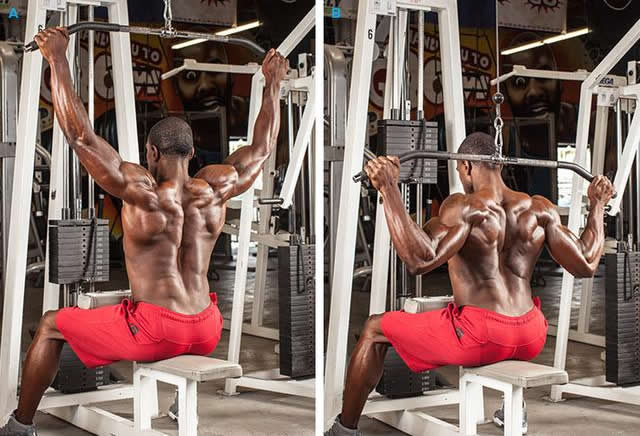
as you exhale, slowly pull the bar to roughly level with your ears. Do not pull the barbell to shoulder height. When the barbell is at its lowest point, squeeze your shoulder blades fully and hold for a second. Inhale as you slowly return the barbell to the starting position, but stop before your arms are fully extended to keep your muscles tense. Without pausing, pull the bar down again and repeat until the target number of reps.
Target muscles for the behind the neck pull down
primary: Latissimus dorsi
secondary: Obliques, pectoralis minor, rhomboids, scapular raises, deltoids, rhomboids, biceps, brachialis, brachioradialis
posterior neck pull down
method 1 - full control
keep your torso upright and your body taut, and if you find the right position at the start, then don't lean forward or backwards during the process. Make sure your shoulders are fixed during the movement. Otherwise you are working the arms, not the latissimus dorsi.
Imagine that you are pulling the bar down with your elbows. This is the same as other high pulldowns, just like pulling your elbows back up to minimise bicep force when rowing.
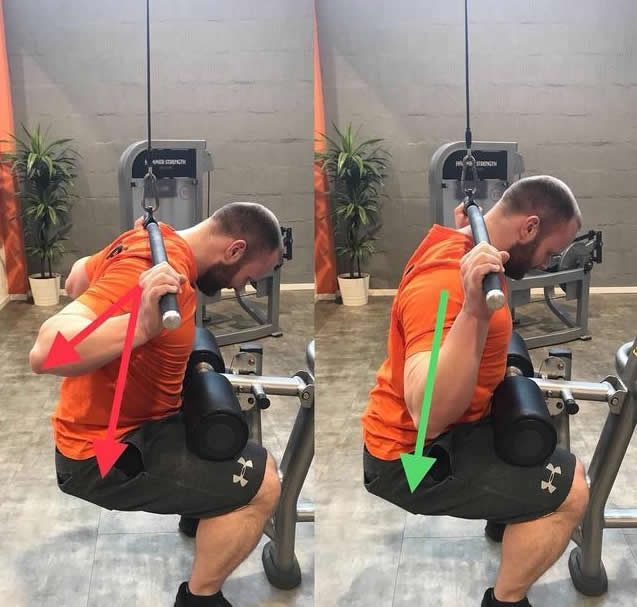
remember to squeeze hard at the lowest point of the pause. Don't let your arm go completely straight and don't relax at the highest point. This will keep constant tension on the muscles, thus maximising the tension on the muscles.
Don't pull the bar all the way to the shoulder position; this can put excessive stress on the rotator cuff muscles and increase the risk of injury. Try to slow the process down; try taking two seconds to pull down the bar, pause for two seconds and then take two seconds to get the bar back to its highest point. Remember not to pause at the apex and not to fully straighten your arms to keep your muscles tense.

method 2 - secure yourself to the bar
this movement is not to train your grip strength, the form of the movement is more important, try using an empty grip.
Consider using a booster band to focus on the latissimus dorsi. If you don't feel you need these extra aids, remember to always attach your arms to the bar and focus on pulling the bar down with your elbows, not with your arms.
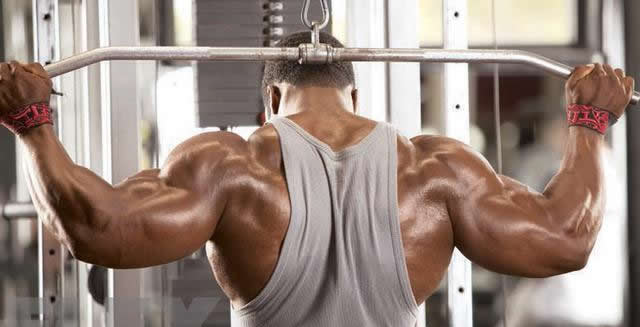
method 3 - a few points to avoid
1. When doing a behind-the-neck pull-down, do not use a grip that is just a little wider than your shoulders, this can put unnecessary stress on your shoulders and increase the chances of injury.
2. Don't pull the bar down hard, don't swing to borrow strength to complete the movement, and don't restore too quickly. No one will care how much weight you do on the back of the neck pull down. It is best to use a range of 10-15 reps for this movement to give the muscles enough time to be under tension, so use a weight that can be controlled.
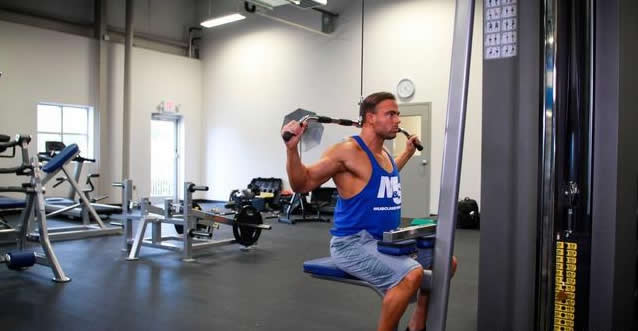
3. Do not pull the barbell all the way down to shoulder position and below, preferably not below the ears. There is no more important thing than safety, remember to try to avoid the risk of injury when doing the behind-the-neck pull.
If it can be done correctly, the behind-the-neck pull-down is undoubtedly another tool for your progression. These suggestions and analysis will allow you to perform this movement safely and all you have to do is decide if you want to add it to your programme.
